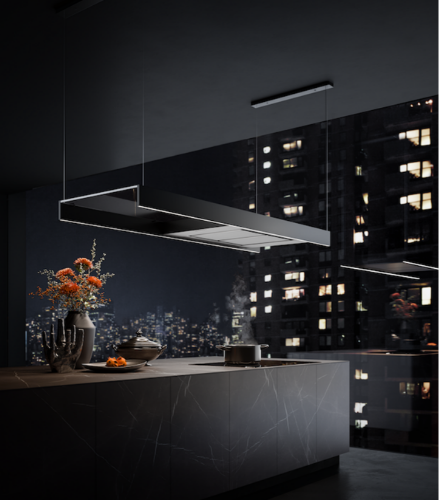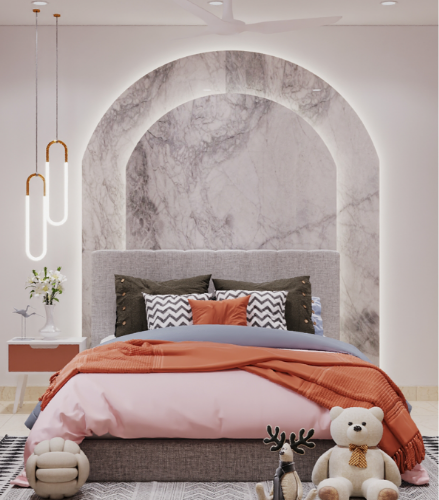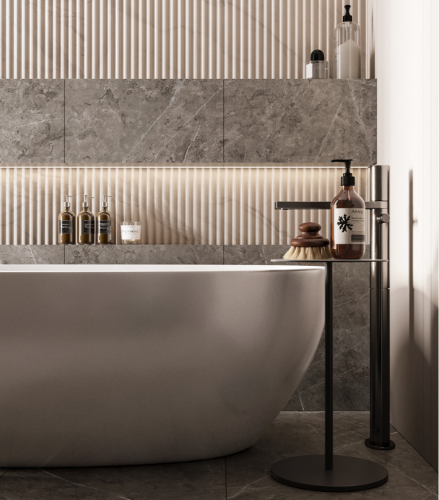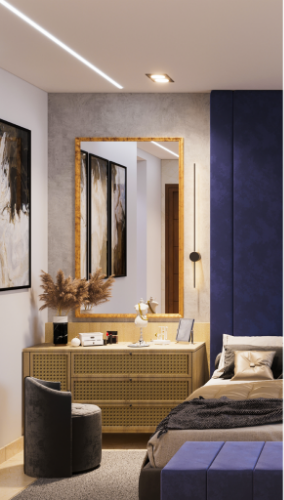Art has always been a deep-rooted cultural element throughout the world, so much so that in the early years of the modern Olympics art was a part of the competitive games. Between the years 1912 and 1948, a plethora of sports-inspired paintings, architecture, music and literature were bestowed with medals, just like any other sports. And not just sports, artwork has made its way into each and every aspect of human existence. Going back several millennia ago, what many would consider and do consider artwork can be found in the cave walls, home to early humans. The evolution and symphony between art and humans are beyond the scope of this blog, but you can learn about it from a study conducted by the National Library of Medicine. Getting back to the topic at hand, with such rich and comprehensive history we as a species have with artwork, it would be a tragedy to not include the same in your home’s décor. Even with the best intentions of doing so, the task may present a myriad of difficulties for people. Hence, the main objective of this blog is to coach you through the various dos & don’ts of incorporating artwork into your home décor.
The Dos of Incorporating Artwork into Your Home Décor
Here are all the dos that will help you find the right artwork for your home décor.
1. Choose Artwork that Resonates with You

It goes without saying, get the artwork you like rather than falling under social pressure to please people. At the end of the day, it’s your home, it should represent you, your style, your beliefs and your creativity. This is especially critical if the rest of your home’s interior is the embodiment of your ideas. Furthermore, don’t value an artwork based on the price tag. Many artists throughout multiple generations have been unappreciated because of social bias and criticised for cultural beliefs. The simple rule of thumb is to “get it if you like it”, this will keep your choices authentic, undiluted and in many ways sui generis.
Also Read: Transforming Your Home with Textiles: Curtains, Cushions, and More
2. Consider the Size and Scale of the Artwork concerning Your Space

Even if with some miracle you somehow acquire “A Sunday Afternoon on the Island of La Grande Jatte”, a painting by the French artist Georges Seurat; how in gods name would you fit it into your limited apartment space? Or, let’s suppose you live in a mansion and have a lot of wall real estate to work with, you can’t just have a small painting on the wall; obviously, it would look empty and uninspired. This signifies the importance of the size and scale of the artwork, regardless of the type of artwork. Before choosing anything, consider the available space in your home for this specific purpose.
While a bigger space can house a giant art piece or a cluster of multiple art pieces, the same cannot be said about a small space. This article from CanvasPop, best describes the process, read their article to learn more about the topic.
3. Use Artwork that Complements Your Existing Colour Scheme

Just like your décor, artwork can vary in terms of colour and style. Though a contrasting style in some ways can be integrated into most décor, colour schemes fall under an entirely separate ball game. So, it’s generally recommended to follow a specific colour scheme which is in tandem with the rest of your home. A simple way of doing this is by picking out two dominating colours from the room and looking for artwork with those colours. This will give you a cohesive aesthetic and tie the artwork with the overall décor.
Also Read: The Psychology of Interior Design: Understanding how Design Affects Mood
4. Mix & Match Different Types of Artwork

Artwork for a home doesn’t necessarily mean you have to stick to just paintings, sculptures or other décor elements. Using varying types of artwork in a room gives the space meaning and tells a story, while also showcasing diversity. It also breaks the continuity and keeps the décor unpredictable and interesting while also reflecting your personal style and taste. However, make sure all the different artwork follows a similar theme throughout the home.
5. Experiment with Different Placement Options
The placement of the artwork plays a bigger role than most people realise. We wish it was as simple as picking up some artwork and slapping it on the walls and other parts of the room, but it’s not. So, experimenting with different areas of a room can greatly help you get the best placement possible. Consider the focal point of the room, the flow of traffic and the overall balance of the space.
Also Read: 10 DIY Home Decor Ideas: Decorate your home the way you like!
The Don’ts of Incorporating Artwork into Your Home Décor
And now, here are all the don’ts for incorporating artwork into your home décor.
1. Don’t Overcrowd Your Walls with too Much Artwork
One of the most common mistakes often seen in home décor is overcrowded walls, which makes the wall seem cluttered and unorganised. This may also cause a clash between each art piece for attention, resulting in confusion and a loss of impact for each individual art piece. And this doesn’t even scrape the surface of the drawbacks caused by too much artwork, balancing the amount of artwork, maintenance and costs can make your life a lot harder.
2. Don’t Forget About Lighting
Not even the prettiest and most elegant artwork will have the desired impact on the décor if it’s not accompanied by appropriate lighting solutions. We recommend using a blend of track lighting, spot lighting and accent lighting to highlight and deliver a dramatic effect on all the artwork in your home.
Also Read: 3 Most Popular Living Room Wall Colour Combinations of 2023
3. Don’t Forget to Frame Your Artwork Properly
Besides aesthetic advantages, framing your artwork has many other benefits, which can range from easy maintenance to preservation of the artwork. Moreover, frames can also help boost the value of the artwork, this is especially true when it comes to older art pieces. Buyers tend to value framed artwork as better preserved and subsequently worth more money. These frames can also provide flexibility in design and décor; specific frames help blend the artwork with the décor.
4. Don’t Shy Away from Asking for Help or Advice
The final piece of advice or more like a final “don’t” is to never shy away from asking for help, integrating the right artwork into a décor can be hard, to say the least. Acquiring the right artwork at the best price can be even more difficult. This is where design professionals like Aertsen Living come into the picture, who offer comprehensive décor solutions.
Also Read: 6 Interior design trends about to explode in 2023
To sum up – Incorporating artwork into home décor can be a daunting task, so follow these dos and don’ts to seamlessly introduce artwork into your home. And in case you need any help feel free to reach out to us!




















